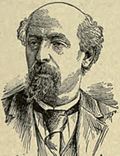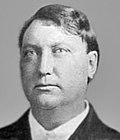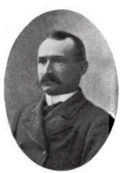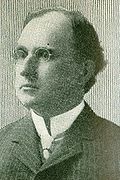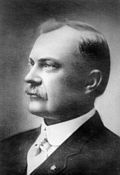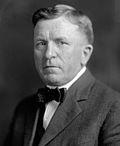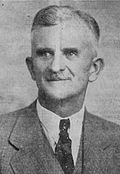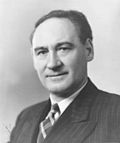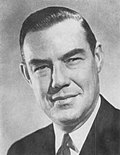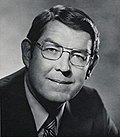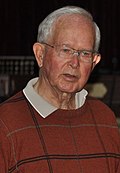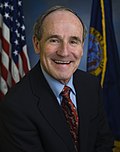| Governor of Idaho | |
|---|---|
 | |
| Government of Idaho | |
| Residence | None |
| Term length | Four years, no term limit |
| Inaugural holder | George L. Shoup |
| Formation | October 1, 1890 |
| Succession | Line of succession |
| Deputy | Lieutenant Governor of Idaho |
| Salary | $117,000 (2013) [1] |
| Website | gov |
The governor of Idaho is the head of government of Idaho [2] and commander-in-chief of the state's military forces. The officeholder has the duty to see state laws are executed, power to either approve or veto bills passed by the Idaho Legislature. [3] The current governor of Idaho is Brad Little, a Republican, who took office on January 7, 2019.
Contents
- List of governors
- Territory of Idaho
- State of Idaho
- Timeline
- Electoral history (1950–)
- See also
- Notes
- References
- External links
Thirty-one individuals have held the office of governor of Idaho since the state's admission to the Union in 1890, two of whom served non-consecutive terms. The state's first governor, George L. Shoup, had the shortest term, of three months; Cecil Andrus had the longest, of 14 years.

















